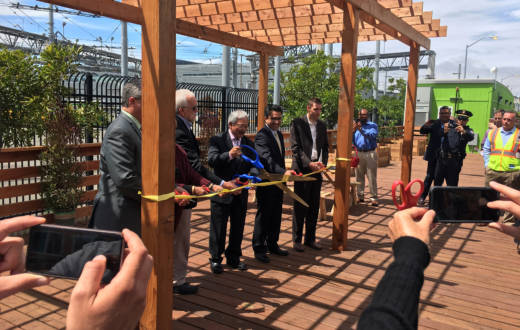San Francisco Mayor Ed Lee cut the ribbon Wednesday on the latest homeless Navigation Center -- the third the city has opened. They are integral to Lee's mission of fighting an epidemic of homelessness.
“We are responding to the situations on our streets by taking bold steps to move our residents into settings where they can reclaim their lives,” Lee said.
The facility, located on 25th Street in the Dogpatch neighborhood, will provide 64 beds for the homeless, beginning next week. Navigation Centers are different from normal shelters because they allow residents to bring in their partners, pets and all of their possessions. Residents will have access to case management, health care and drug treatment programs.
Jeff Kositsky, director of the Department of Homelessness and Supportive Housing, said the opening of the Dogpatch center has been a collaborative effort between the Department of Public Works, the Port of San Francisco, Episcopal Community Services, the Providence Foundation and the neighbors of Dogpatch.
